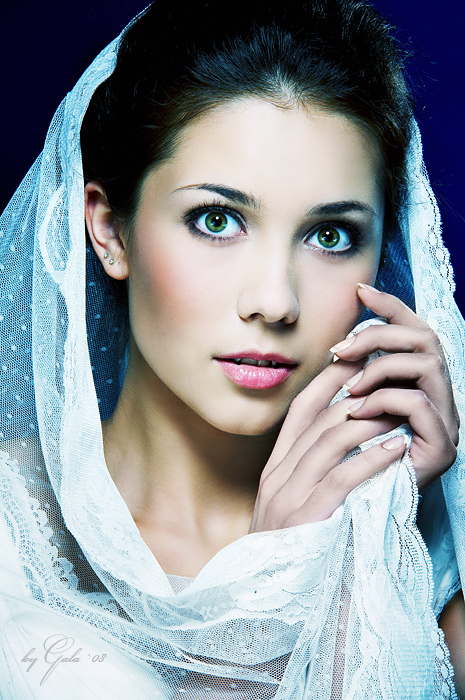Mysterious Islamic Tribe Where Women Have Sex With Different Men, Don’t Wear A Veil And Own Property. Peace June 24, 2015 POP CULTURE 15 …

Most people think of the veil solely in terms of Islam, but it is much older. It originated from ancient Indo-European cultures, such as the Hittites, Greeks, Romans and Persians.
Antiquity. Elite women in ancient Mesopotamia and in the Greek and Persian empires wore the veil as a sign of respectability and high status. The earliest attested reference to veiling is found a Middle Assyrian law code dating from between 1400 and 1100 BC.
They are accused of threatening the British way of life, provoking a debate about integration. Why are an increasing number of Muslim women covering their faces?
Most Muslim women today do not wear a full face veil. It is more common to see women in hijab, loose clothing topped by a type of …
Why do many Muslim women wear a veil? And why do many not wear a veil?





A hijab (/ h ɪ ˈ dʒ ɑː b /, / h ɪ ˈ dʒ æ b /, / ˈ h ɪ. dʒ æ b / or / h ɛ ˈ dʒ ɑː b /; Arabic: حجاب ḥijāb, pronounced [ˈħɪˌdʒæːb] or [ˈħeˌɡæːb] (dialectal)) is a veil worn by some Muslim women in the presence of any male outside of their immediate family, which usually covers the head and chest.
Before the arrival of Islam in the seventh century, upper-class women in Byzantine society and Sassanian women of the royal harem wore the veil …

Not everybody wants to work out in tight clothes. Enter Veil, a sportswear brand for women who want to sweat in a less-revealing silhouette.

Misconception: Muslim women must fully cover up in Islam Background: Some think that Muslim women must cover their whole body, including face when in public.

